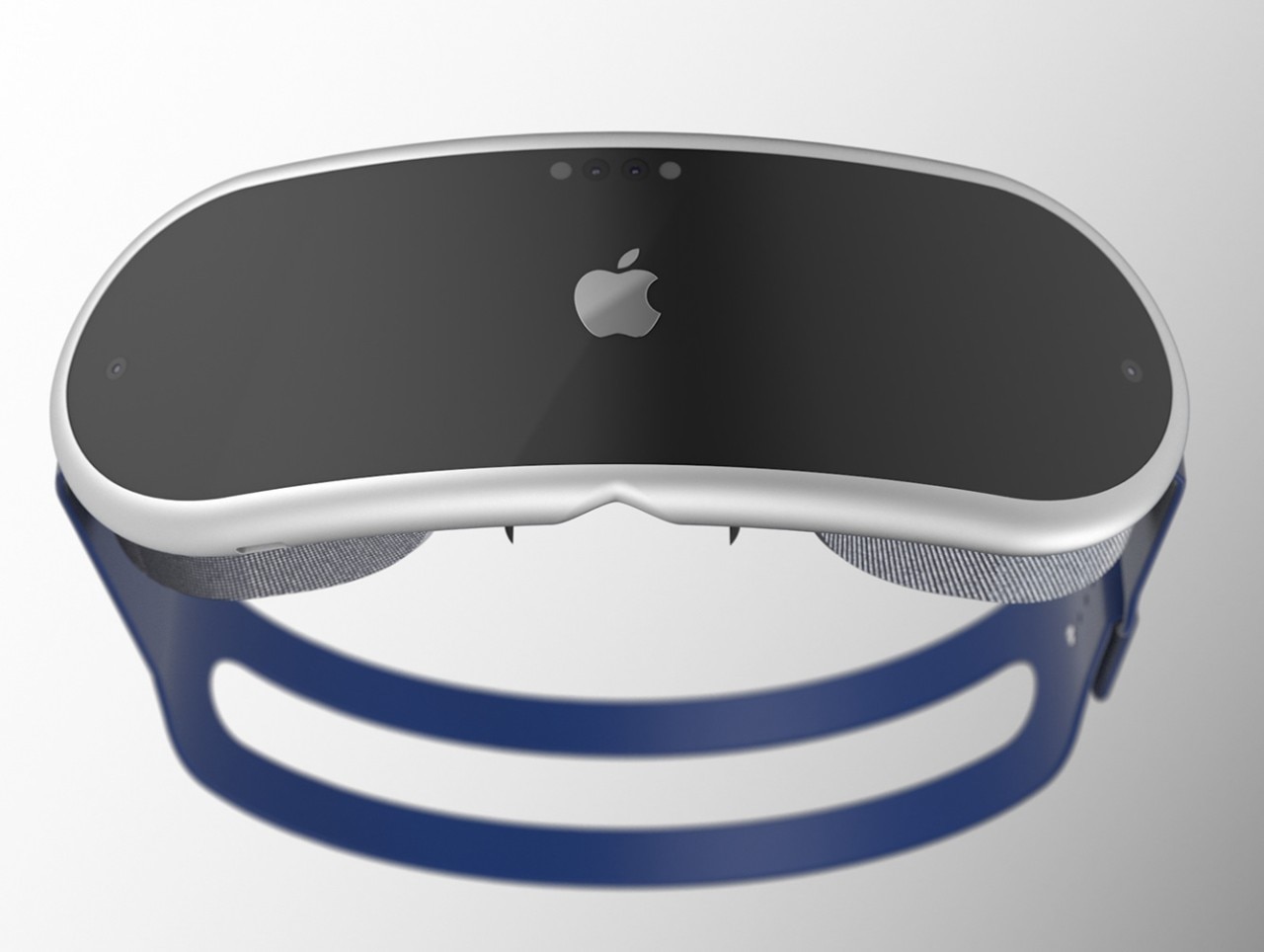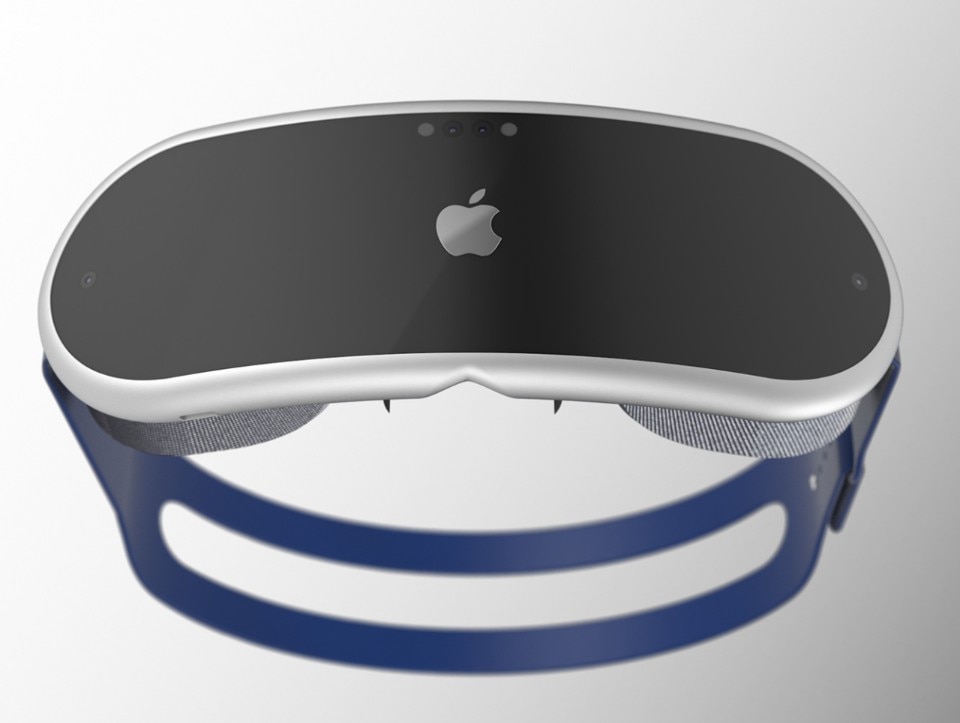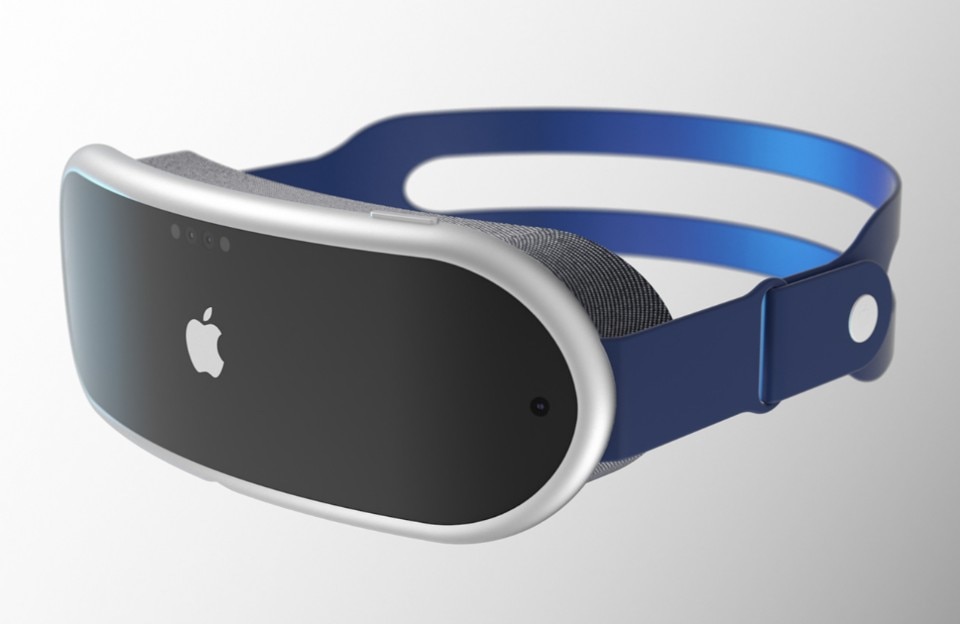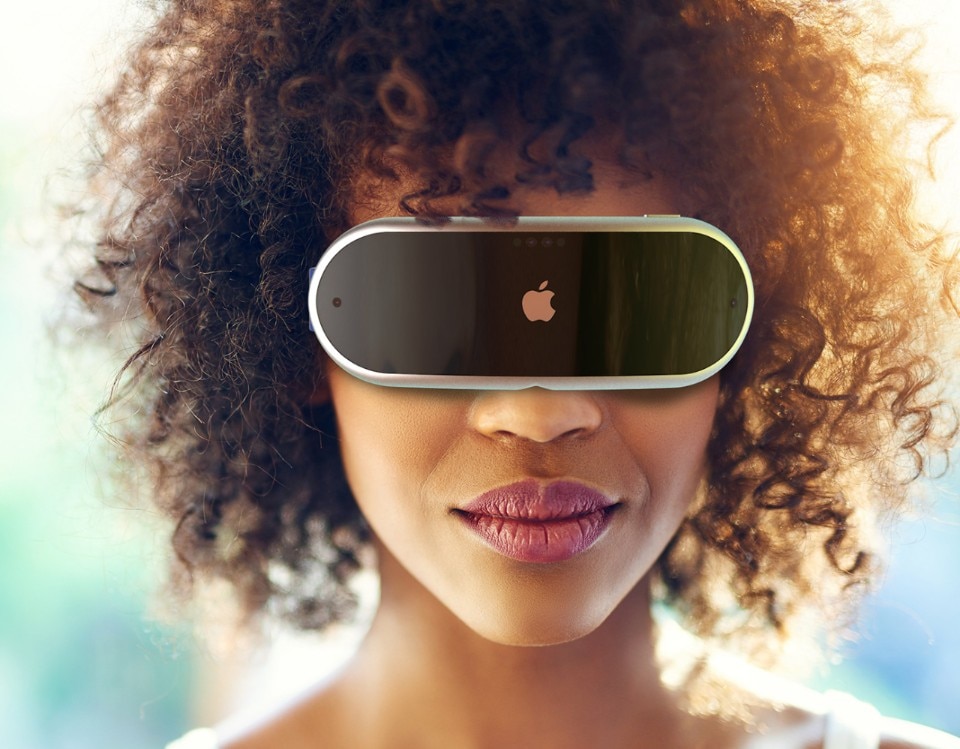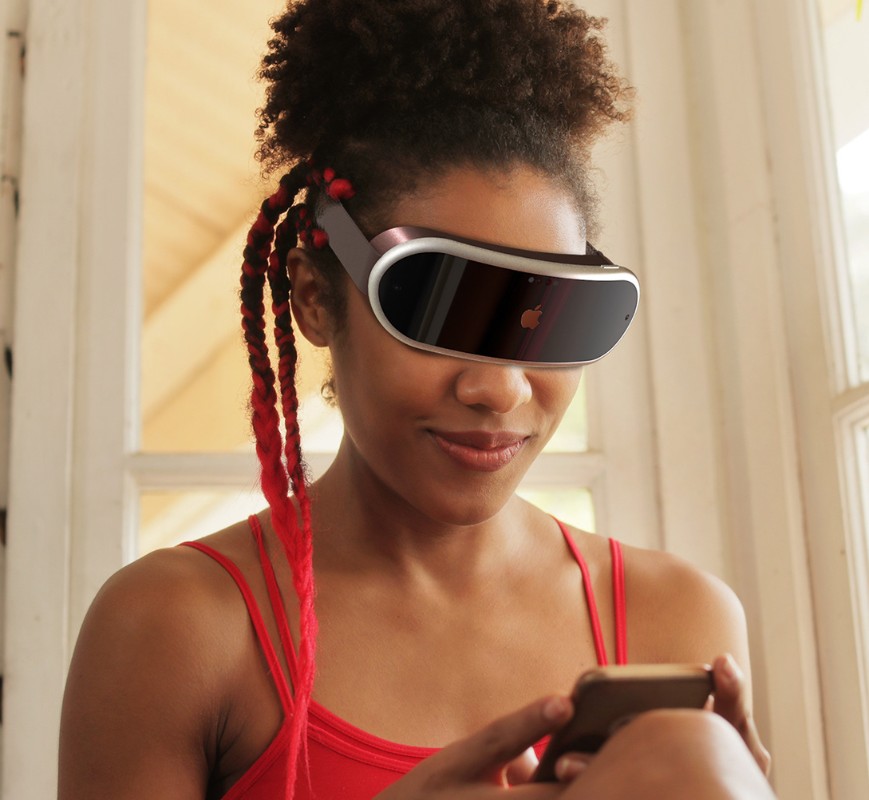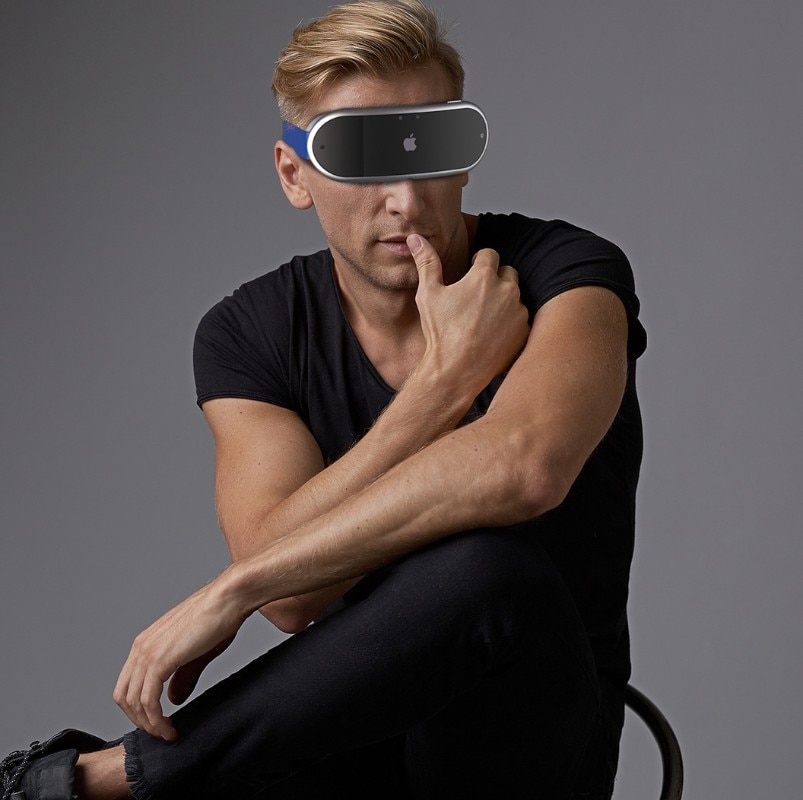At the WWDC inaugural Keynote on Monday, June 5, Apple is poised to introduce its long-awaited headset for Virtual and Augmented Reality applications. Years in the making, the product is a full-on visor akin to Meta's Oculus Quest and not a set of glasses à la Google Glass.
The rumor mill has been churning out leaks at full throttles for months, just like before previous category-defining introductions of the Apple Watch, the iPad, or the iPhone. We’ll have to wait just a few more days to fully understand where Apple's headed with this new product. In the meantime, here are the five most important things to know about the new device to help you get to Monday's introduction properly briefed on what to expect.
Design
Apple’s AR/VR headset is anticipated to redefine the design parameters of its competitors (mostly from Meta) in this product category. In line with Apple’s design canons, it’s poised to feature a refined, lightweight construction for enhanced user comfort. According to a few well-quoted rumors, the Apple visor could feature an external battery pack worn at the waist instead of an integrated battery. Apple will employ materials such as aluminum, glass, and carbon fiber. The visor will be attached to the user’s face by a mesh material and a band similar to what we’ve seen on Apple Watch bands. The headset could block out peripheral vision, reducing light leaks and improving the immersive experience.
Naming
According to the trademark filings we’ve seen so far, there’s speculation that Apple’s mixed reality headset could be dubbed the “Reality Pro” or the “Reality One,” indicating the probability of a reality-themed trend in the name. Apple has also trademarked words like “xrOS,” “xrProOS,” “realityproOS,” and “realOS,” suggesting the operating system for the AR/VR headset could be named “XRos” in short or retain some connection to the “reality” theme.
Hardware Features
The Apple AR/VR headset will probably offer a fusion of virtual and augmented reality capabilities, a technology that goes under the moniker of “mixed reality”, or XR. According to the latest leaks and rumors, it could sport two super-high-resolution 4K micro OLED displays (one for each eye) with a density of more than 4000ppi and peak brightness above 5000nits.
Apple plans to incorporate over a dozen cameras into the headset for gesture and eye recognition, enabling some innovative control methods on the user’s part. Furthermore, the visor will come with multiple 3D-sensing modules, a technology Apple already pioneered and tested on the iPad and the iPhone. They will be used to recognize hand gestures and surrounding objects, enabling surprising interaction between them. The headset could also feature an outward-facing display, mostly tasked to show the wearer's facial expressions (although this feature's actual implementation was contended in some conflicting reports).
Software
As for any previous new Apple product that would trail its development path, the company will introduce a new dedicated operating system. The OS will run gaming, streaming video, and video conferencing apps, among others. It is also expected to host other apps like Calendar, Mail, Safari, and more. Apple is also preparing a dedicated App Store for the visor, ensuring that the device will offer a consistent selection of apps from day one as it goes on sale. The user interface is likely to resemble iOS, with the advantage of creating a sense of familiarity for iPhone and iPad users. According to at least a few reports, it could also be used as a display for a connected Mac.
Pricing and Target
The Apple AR/VR visor is expected to be something other than a budget-friendly product. Rumors suggest a price point of around $3000, positioning it at the premium end of the market. The pricing would be justified by some of the innovations introduced by Apple, plus an expensive bill of materials that won't let Apple operate with the usual high profit margins, at least not with the first version of the device.
With its focus on VR and added AR capabilities, the device will most probably appeal to tech enthusiasts, gamers, and professionals looking for immersive digital experiences. What that target will look like and how much it will overlap with competing offerings remains to be seen. What’s certain so far is that Apple will position the new product within its wide digital ecosystem, probably offering integrated experiences that competitors like Meta won’t be able to match with their standalone offerings.
The pictures of our gallery are renderings created by the concept designer Antonio DeRosa. They do not depict the actual product.


